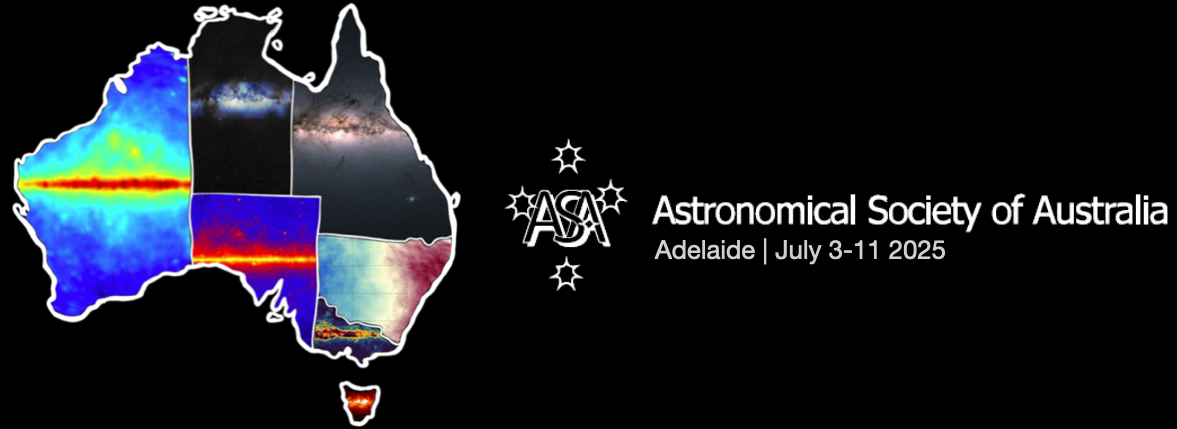Speaker
Description
Protoplanetary discs (PPDs) of dust and gas around young stellar objects are now routinely imaged using high angular resolution facilities. Various substructures detected in these images serve as critical signposts of fundamental disc physics and inter-component interactions with the central star(s) or embedded sub-stellar companions. However, a certain class of evolved stars, called post-asymptotic giant branch (post-AGB) binaries, are also surrounded by similar discs. With almost 100 Galactic candidates detected, these evolved circumbinary-disc-bearing systems are now understood to be a common product created at the end of low- to intermediate-mass stellar evolution.
Post-AGB discs are formed differently than PPDs, namely through material stripped from the primary during binary interaction in the preceding AGB phase. Nevertheless, various studies have shown similarities in terms of dust mass and grain properties, bulk disc structure and Keplerian rotation. These findings raise the question of whether post-AGB discs possess substructures similar to those found in PPDs. If detected, such substructures could provide direct evidence for ongoing physical disc processes and interactions with both the central stars and possible embedded sub-stellar companions. Due to the relatively large distances of post-AGB binaries (~ 1kpc), milli-arcsecond-scale imaging via optical interferometry provides the ideal tool to tackle this science question.
In this contribution, I cover the latest progress on imaging of the inner rims of 8 post-AGB discs, using VLTI/PIONIER data and neural network based image reconstruction algorithms. I also offer a brief discussion of the potential provided by both current and future facilities when it comes to studying these intriguing circumstellar environments.

